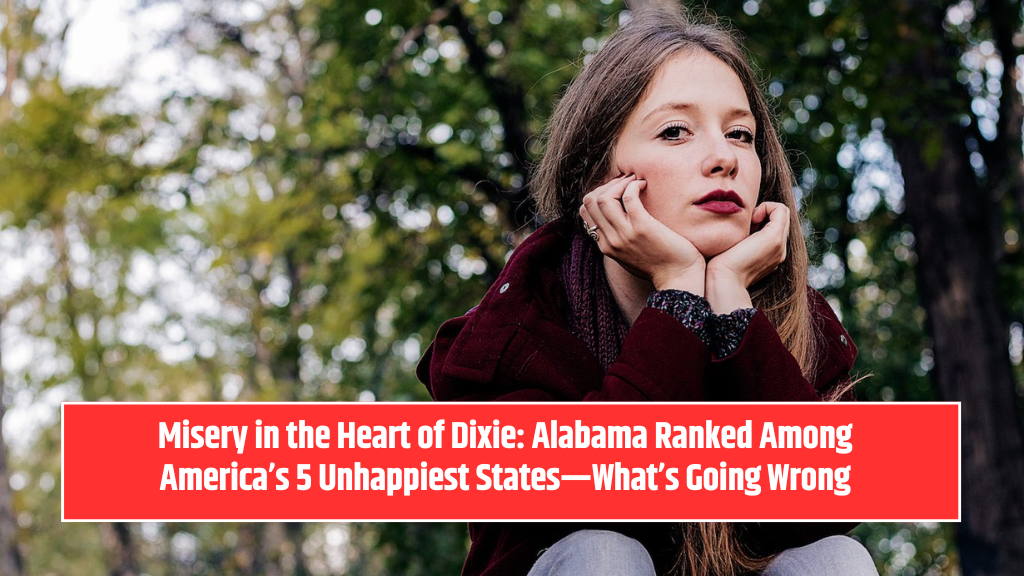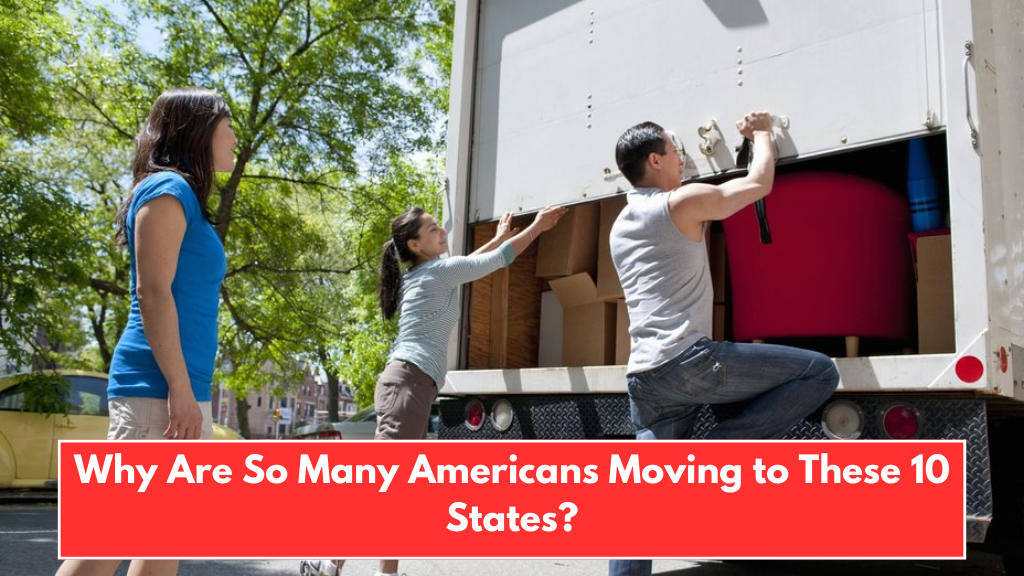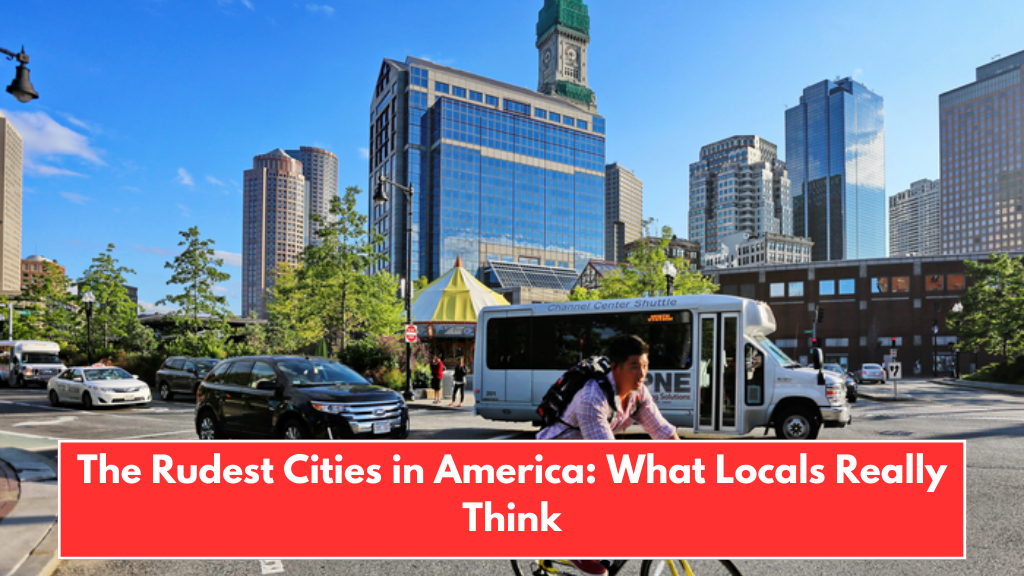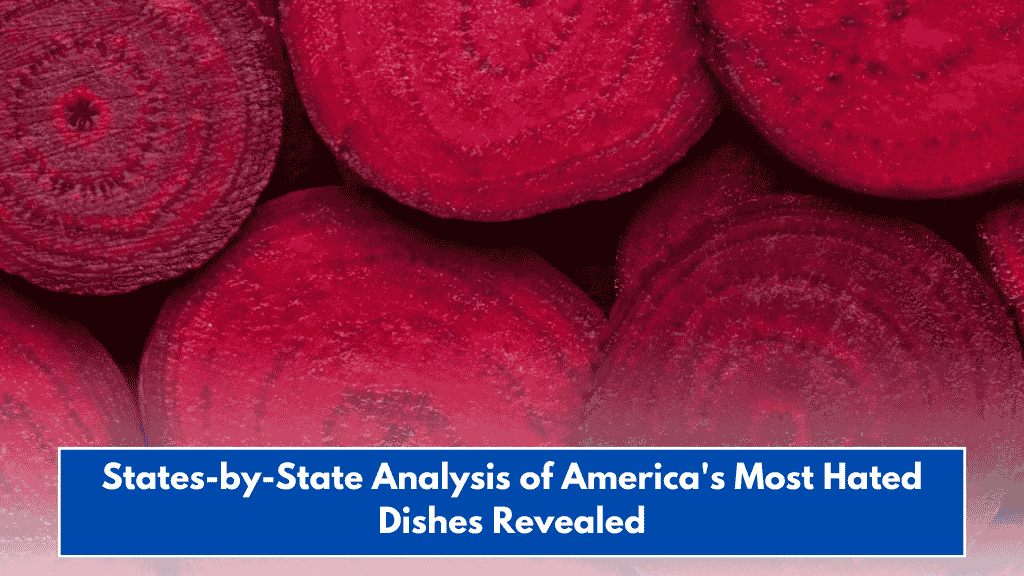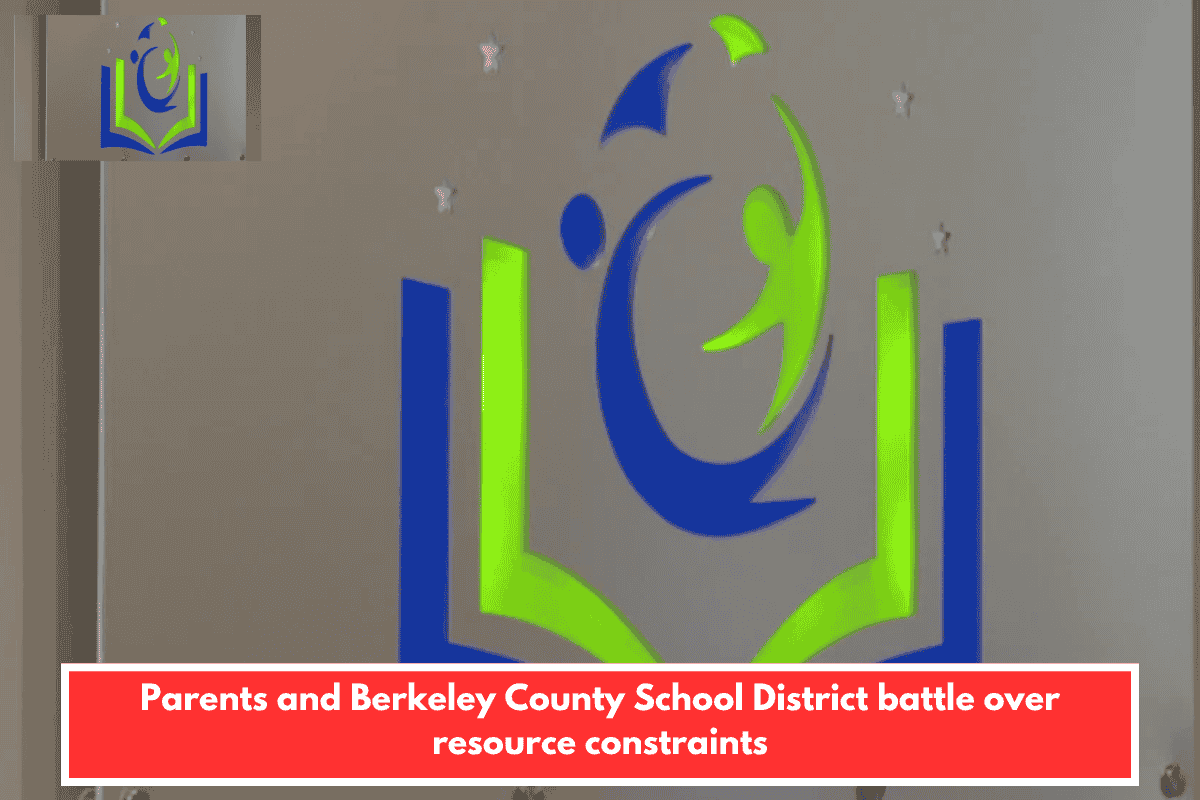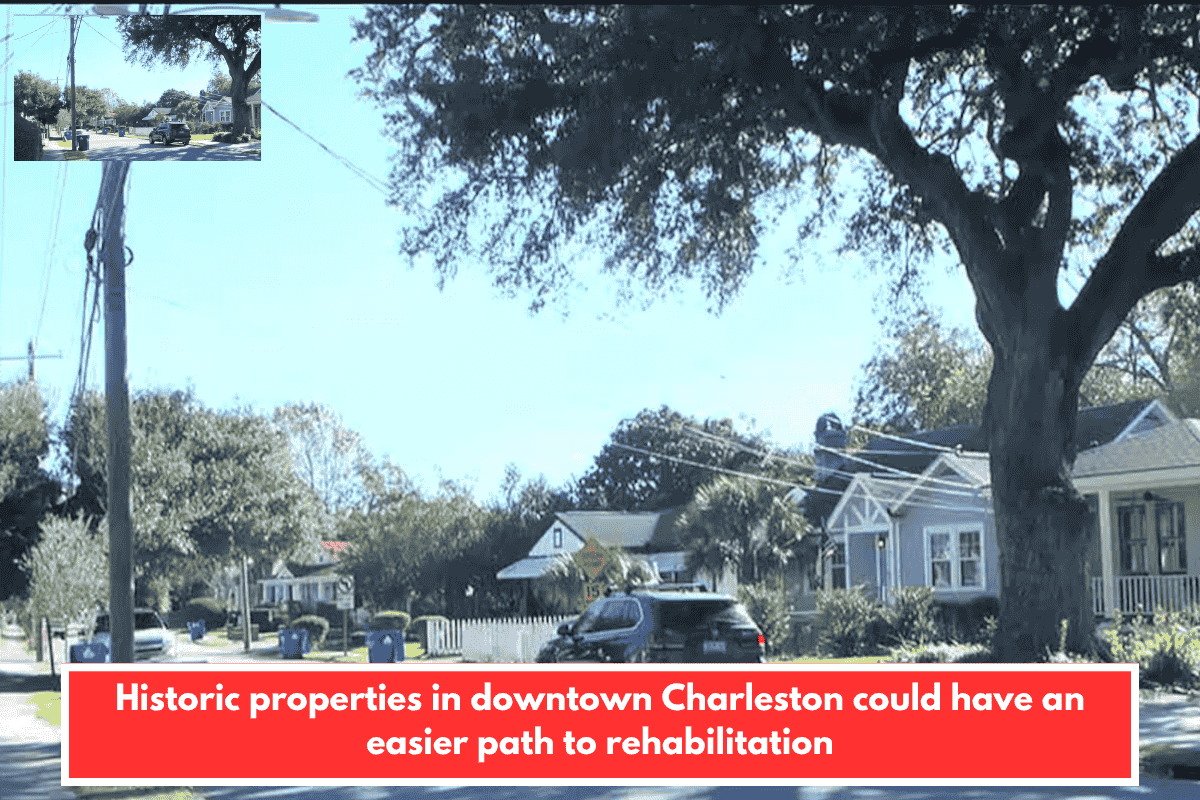Happiness might seem hard to measure, but when it comes to life satisfaction across the U.S., certain trends stand out. A Zippia study crunched the numbers to see where Americans are the happiest—and where they’re struggling the most—by analyzing six key lifestyle and economic factors.
These include depression rates, household income, unemployment, commute time, hours worked, and marriage rates. Each factor plays a role in overall quality of life, and together they paint a picture of how content people feel from state to state.
So, how does Alabama fare in this national mood check? Let’s find out.
How Zippia Measured Happiness
To gauge happiness, Zippia ranked each state using the following criteria:
- Depression rate (lower = happier)
- Household income (higher = happier)
- Unemployment rate (lower = happier)
- Commute length (shorter = happier)
- Work hours per week (fewer = better balance)
- Marriage rate (higher often correlates with emotional well-being)
A higher rank in these areas means a less happy state, while better stats earn lower ranks (i.e., closer to #50 = unhappier).
Alabama: One of the Unhappiest States in the U.S.
Alabama ranks #4 on the list of America’s least happy states, and here’s why:
- Average household income: Under $50,000
- Average workweek: 39 hours
- Commute time: 24 minutes (not too bad)
- High depression rates (among top contributors to its low ranking)
Despite having shorter commute times, many Alabama residents work longer hours for lower pay—a frustrating combination that contributes heavily to lower happiness levels.
Happiest vs. Unhappiest States: How They Compare
Top 5 Unhappiest States
- Louisiana – Low income, long hours, and a low marriage rate.
- Mississippi – Long hours with little financial reward.
- Tennessee – High depression and a demanding work culture.
- Alabama – Struggling with low income and long workweeks.
- Rhode Island – High depression and a declining marriage rate.
(By contrast, the happiest states) usually have:
- Shorter commutes
- Higher marriage rates
- Balanced work hours
- Lower depression levels
- Higher household incomes
States like Utah, Hawaii, and Minnesota tend to rank higher on happiness scales in other studies, thanks to a mix of economic health and lifestyle satisfaction.
Why This Matters
Happiness isn’t just about income—it’s about balance. Alabama, despite some positives like shorter commutes, still ranks low due to work-life imbalance and lower pay. These factors impact mental health, family life, and personal satisfaction.
For residents and policymakers, these stats serve as a wake-up call to improve wages, reduce overwork, and support mental health services.
Alabama may be rich in culture and Southern hospitality, but the numbers don’t lie—residents are less satisfied with life than in most other states. Improving economic opportunities, supporting mental wellness, and encouraging better work-life balance could help shift Alabama’s ranking in the future.
If you’re considering a move, planning retirement, or simply interested in how your state compares, this study is a helpful reminder that happiness is tied to more than sunshine—it’s also about support, balance, and well-being.

